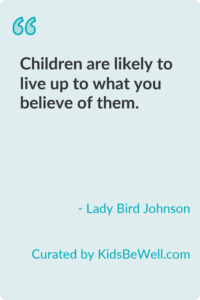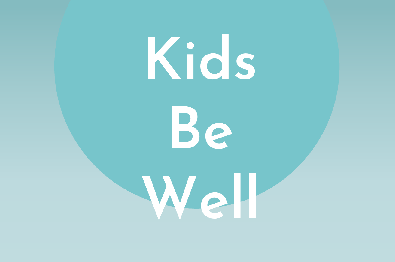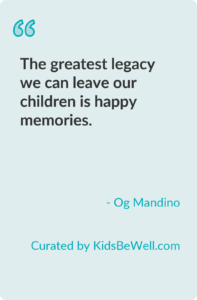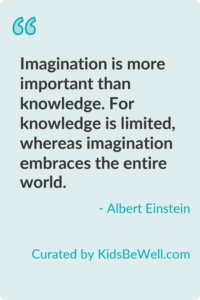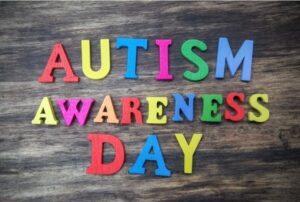The quote "Children must be taught how to think, not what to think," encapsulates a profound approach to education that encourages independent thought, critical thinking, and personal growth. While traditional education often focuses on delivering information to children, the true power of teaching lies in empowering them to think for themselves, question assumptions, and approach the world with curiosity and reason.
The Importance of Teaching "How" to Think
In a rapidly changing world, the ability to think critically and make decisions is far more important than simply memorizing facts. Children who learn how to think can navigate challenges, solve problems, and adapt to new situations with confidence. They can draw conclusions, evaluate evidence, and make informed choices, all essential skills in their personal and professional lives.
Teaching children what to think — meaning, giving them specific knowledge and perspectives — is necessary for foundational education. However, when we teach them how to think, we help them develop a lifelong capacity to engage with the world thoughtfully and independently.
Cultivating Critical Thinking in Children
Critical thinking involves analyzing, evaluating, and synthesizing information in a systematic way. This skill empowers children to form their own opinions, consider alternative viewpoints, and challenge assumptions. Here are some practical strategies to help cultivate critical thinking:
- Ask Open-Ended Questions:
Instead of simply asking factual questions that have one correct answer, encourage children to think by asking open-ended questions. For example, instead of asking, “What is the capital of France?” ask, “Why do you think cities develop where they do?” This sparks curiosity and analytical thinking. - Promote Problem-Solving:
Present children with real-life problems to solve. Allow them to work through solutions independently or in a group. This could involve tasks like figuring out how to organize a school event or deciding how to allocate resources in a simulation. These experiences teach children to think critically, evaluate options, and make decisions. - Encourage Reflection:
After activities or discussions, ask children to reflect on what they learned. Encourage them to think about how their understanding has changed or what questions they still have. This reflection process reinforces deeper learning and helps children develop a thoughtful mindset. - Model Thinking:
Show children how you approach problems. Explain your thought process as you analyze a situation, weigh options, and make decisions. By modeling how you think, you give children a practical example to follow. - Foster Intellectual Curiosity:
Encourage children to ask "why" and "how" about everything. This habit of questioning is a key component of critical thinking. Help them explore a wide range of topics and ideas, even those that don't immediately seem relevant to their studies.
The Benefits of Teaching Children How to Think
Teaching children how to think leads to greater intellectual independence. They become more resourceful, creative, and self-reliant, qualities that serve them well in an unpredictable world. When children understand the process of thinking, they gain the confidence to tackle challenges without waiting for someone to tell them what to do.
Furthermore, developing thinking skills equips children to navigate a world filled with misinformation. In an age of social media and rapid information sharing, the ability to critically evaluate sources and discern facts from fiction is more essential than ever.
Key Takeaways
The goal of education should not only be to impart knowledge, but also to empower children with the ability to think critically and independently. Teaching children how to think encourages curiosity, problem-solving, and adaptability — all of which are key to their success and personal development.
By focusing on teaching critical thinking skills, we ensure that children grow up with the tools they need to navigate life confidently and thoughtfully, ready to engage with the world on their own terms. Instead of merely giving children answers, we give them the power to ask the right questions and find solutions for themselves.
By fostering independent thinking, we help shape the thinkers, innovators, and problem-solvers of tomorrow.



